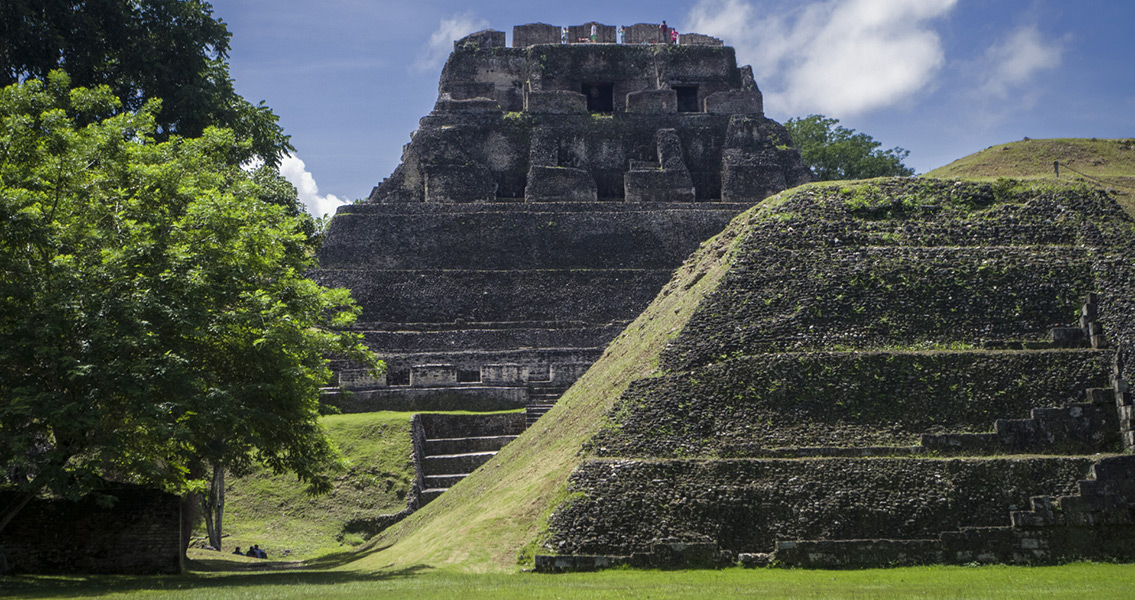<![CDATA[The newest Mayan tomb discovered in Belize is thought to be the largest ever found in the Central American country, providing a unique opportunity for archaeologists to study the ancient civilization. According to The Reporter Newspaper Online, an English language news website located in Belize, the ancient Mayan archaeological site known as Xunantunich, about 80 miles to the west of Belize City, is the location of the new discovery. Dr. Jaime Awe, an archaeologist from Northern Arizona University and native Belizean, led the expedition to excavate the tomb discovered on site. It was found 16 to 26 feet below ground and filled with more than just the accumulated detritus of the centuries. Once they had discovered the tomb, researchers found within it the skeletal remains of someone who is assumed to have been of some importance, with the construction of the tomb such that it is likely a reverent final resting place for a Mayan leader. Archaeologists say the skeleton within was likely male and aged between 20 and 30 years, based on the teeth, the appearance of the skull, and the size of the femurs of the skeleton. Additionally, the remains of an animal were also discovered interred in the north-western corner of the burial chamber. Based on its long femur bones, archaeologists feel that the animal could have been either a jaguar or a deer. Other finds within the tomb included jade stones and ceramics. Awe remarked that the discovery of the tomb was especially noteworthy, simply because of when it was discovered. With archaeological digs ongoing at Xunantunich as far back as the 1890s, it seems remarkable to find a new tomb after more than a century of continuous excavation. The scientist added that the tomb is remarkable in several other ways as well, especially for its notable size. The researcher stated that it’s one of the largest burial chambers ever uncovered by archaeologists. Meaning “Stone Woman” in the language of the ancient Maya, Xunantunich is the name given to the site by modern researchers, as it’s unknown what the Maya who inhabited the region would have called it hundreds of years ago. The name is in reference to a legendary, apocryphal tale that originated in the 1890s that a ghostly female figure, clothed in white and with glowing red eyes, stalked the ruins. The core of the city consists of six plazas surrounded by more than 25 palaces and temples, stretching over approximately one square mile. The largest and most prominent monument in Xunantunich is known as El Castillo, the second-largest structure in Belize. A massive step pyramid some 130 feet tall, El Castillo is thought to have been constructed at least partly during the ninth century CE; it is also the primary location where the ghostly Stone Woman has purportedly been sighted. The pyramid is in the very center of the site, arranged on the two cardinal lines of Xunantunich in a configuration known as “axis mundi”, indicating that it was meant to be the central focal point for those that lived there. ]]>
New Mayan Tomb Discovered in Belize Largest Ever
